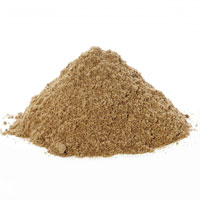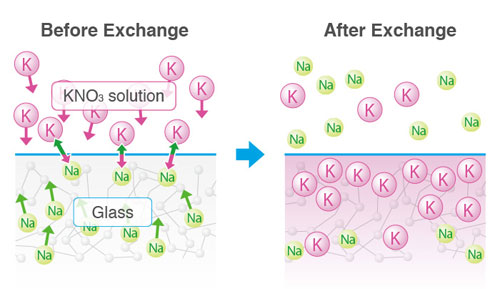The Story of Glass

Standards
October 9, 2022
At Homershams, we have been thinking about glass quite a lot lately.
Homershams manufacture conventional probes for glass furnaces and work with glass blowing artisans in temperature measurement and control.
We represent Optris, a German manufacturer of high quality infrared (IR) sensors and cameras
Normally glass presents special challenges for Infrared. It’s highly reflective and gives off lower levels of Infrared energy than other solids (Low Emissivity), so viewing its temperature profile is very difficult. Conversely while glass is transparent to light, it is opaque to conventional (7-14 µm) Infrared, so measuring through glass presents further challenges. Optris have a range of thermometers and cameras, which operate at specific IR frequencies to allow the viewing and measurement of glass while others render glass transparent. This allows hot metal to be measured and viewed through a conventional glass window from the clean, safe environment of an office. (Visit the Optris pages on Glass)
We have also been working with several of our customers on Ultraviolet Cured adhesives. We import Ultraviolet (UV) cured adhesives from Permabond and they are ideal for manufacturing assemblies of glass and transparent plastics as the UV light passes through it to cure almost instantly and forms a completely clear bond. (not suitable for UV stabalised glass or plastic)
(Download Glass Bonding Adhesives datasheet )
Closer to home, one of our staff bought a brand new iPhone with ion-exchange-strengthened glass, while another staff member dropped his older model, and broke his screen.


What is Glass?


You probably know that the main component of glass is sand. Sand is made up of tetrahedron shaped molecules consisting of quartz (silicon surrounded by oxygen atoms).
And when it is in the form of sand, this too is crystalline. All the little tetrahedrons are arranged in rows and columns and in a fixed lattice as in the diagram above. If we heat sand to about 1700 °C, it moves into a liquid phase in which the molecules are free to move about and is hence amorphous (literally ‘without shape’). If we allow this molten glass to cool slowly, all the tetrahedrons will align again and form a regular crystal lattice which is of no use.
However, if we cool the glass very suddenly, the material will solidify before it has a chance to form regular lattices, it will freeze into the state it was when liquid and form the wonderful clear substance we know as glass.
The Egyptians first practised this art some 3000 years ago where they manufactured beads for jewellery by dropping molten glass into cold water.
The most common glass we use today contains Sand, Sodium Carbonate (aka ‘Soda’ hence, ‘soda glass’) and Lime. Soda acts as a kind of flux; lowering the melting point from around 1700 °C to under one thousand.
Glass is a purely manufactured product. It is almost never found in nature. Anecdotally the Egyptians or Phoenicians first discovered molten glass under a very hot desert campfire which they’d supported with blocks of soda. One exception of naturally occurring glass is Obsidian. Obsidian rock is a glass, formed by the very rapid cooling of lava running into water and its glossy black appearance is reminiscent of what we would recognise as black glass.

Glass manufacture in New Zealand
To the best of our knowledge, no sand is made into glass in New Zealand. Large sheets manufactured from sand in Australia and elsewhere are imported, such that the main industrial processes that concern us here in New Zealand are tempering, cutting and shaping glass.
Glass, like metal is heat treated to change its properties (refer last month’s article). This is done by controlling the heating and cooling profile.
Annealing is a process that reduces surface stresses created during manufacture. Tempering is a heat treatment that of glass that changes the internal, compressive forces, thereby producing tempered or safety glass. Glass that may be exposed to human impact, such as shower cubicles, must be stronger and safer than those used in simple applications such as windows, so tempered glass is used in such applications.
Glass for Cellphone screens should be able to with stand the rigours of daily use and the odd drop onto a floor. Some of the most sophisticated technology for tempering goes into these products. Many cell phone screens use chemical, rather than heat tempering. Glass is placed into a heated salt bath where ions from the salt move into the glass and other ions in the glass move into the salt. This is called ‘Ion Exchange’ treatment for obvious reasons. Most of the key phone manufacturers use variations on this process e.g. iphone 6S uses dual ion exchange and Samsung S7 uses Gorilla Glass 5.
The larger potassium (K) ions cause increased internal stresses within the glass, making it much stronger.

A new product seen in watch faces (analogue and Apple Watch) and some cell phone camera lenses is Sapphire glass. Sapphire is second only to diamond in hardness and can be made into a transparent crystal. Further discussion on sapphire is beyond the scope of this article but is mentioned as it often comes up in phone discussions.

